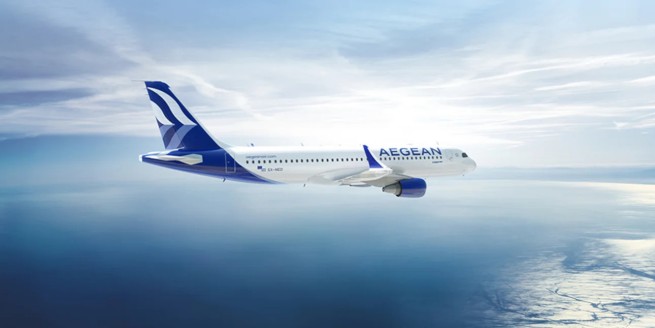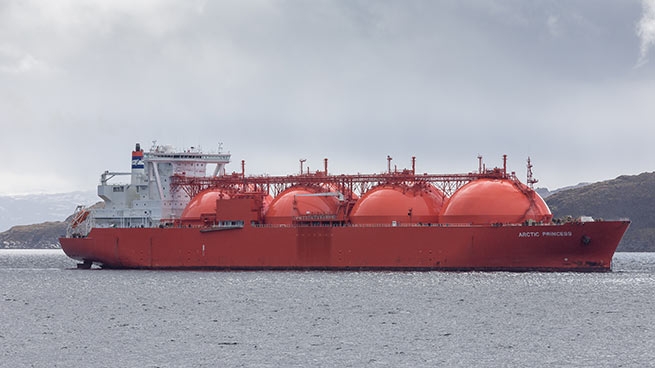According to Vessels Value, the Greek-controlled ocean fleet of 4,709 ships is valued at $152.69 billion, ranking third in the world. Greece is rapidly losing its leadership in the industry.
In first place is the Japanese fleet, numbering 5974 vessels with a total value of 193.64 billion US dollars; in second place is China with a large number of ships, 7114, but less value than the Japanese fleet – 182.49 billion US dollars.
The merchant fleet, controlled by Greek shipowners, ranks second in 2022 in terms of the number of transactions with used ships – 428, and their value was 11.7 billion US dollars. Chinese shipping companies ranked first with 532 transactions worth US$12.93 billion.
Greek shipping companies and shipowners also ranked second in terms of investment in ships – 9.77 billion US dollars, but this was not enough. Since the main competitor – China – has invested almost 3 times more.
Bulk carriers are the most numerous ships in the Greek fleet of 2,272 ships valued at US$42.1 billion; they are followed by tankers with 1,450 vessels of this type (worth $61.03 billion), a 13-year high since Russia’s invasion of Ukraine began.
Greece owns 127 LNG tankers, which is almost 30% of the total fleet of LNG carriers, worth almost 30.5 billion US dollars. But the market situation is changing very quickly. More than 200 LNG carriers are currently being built in Asia’s dry docks, and demand is such that the shipping exchange Baltic Exchange has reported that freight rates sometimes reach $500,000 (€465,000) a day.
South Korean shipyards such as Daewoo Shipbuilding, Samsung Heavy Industries and Hyundai Heavy Industries, which account for 70% of the global market, naturally picked up two-thirds of orders in 2022 and are busy for the next three years. The transition to Chinese shipyards, where prices are lower, was complicated by China’s own limited capacity. In addition to the price of steel, which skyrocketed between April 2021 and the spring of 2022, and a shortage of skilled labor in an industry where technical knowledge and skills are important, it has raised the average cost of carriers from $200 million to $250 million per flight.
As the ships take three to four years to build, they won’t be delivered until 2026 to meet new LNG supplies from the US, Australia and Qatar, the world’s three biggest producers. But the trend is clear: gas is beginning to supplant oil as king, including at sea. Maritime experts estimate that by 2025, the gas carrier fleet could exceed approximately 830 “very large crude oil tankers”.







More Stories
Fruits and vegetables: imports up 50.2% in April
Greek products on their way to France
Reduced fees for POS transactions, limited bank fees